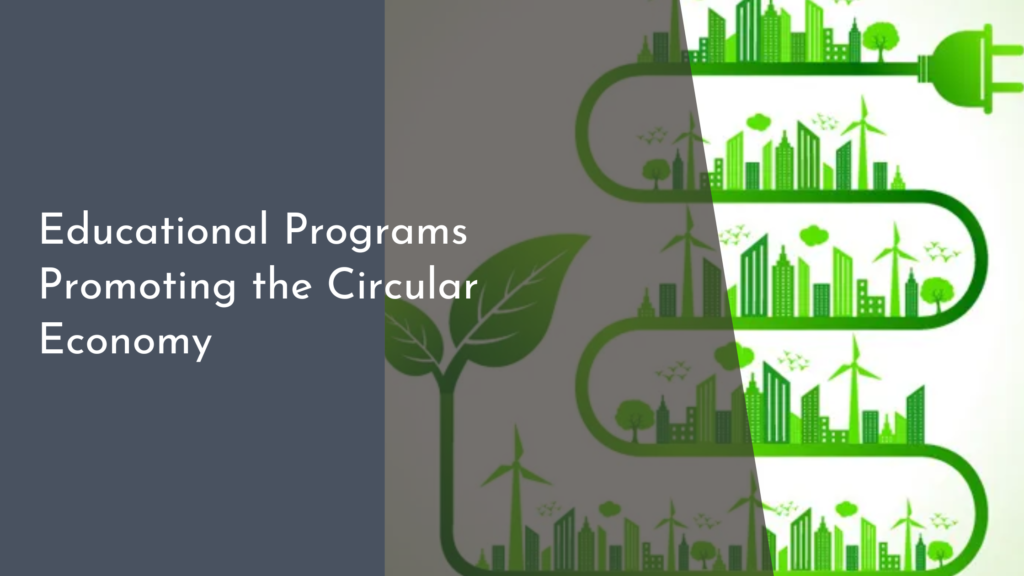Sustainable Urban Theme Parks
As urbanization continues to reshape our landscapes, cities worldwide are recognizing the importance of integrating nature into densely populated areas. One of the most exciting developments in this movement is the emergence of sustainable urban theme parks. These parks not only offer recreational opportunities but also promote environmental stewardship and community engagement. In this article, we will explore the captivating evolution of urban green spaces, eco-friendly attractions, community connections, and innovative design practices in sustainable park development.
Embracing Nature: The Rise of Urban Green Spaces
Urban green spaces have become critical in enhancing the quality of life in cities. As populations grow and urban sprawl increases, the demand for accessible nature becomes even more pressing. Sustainable urban theme parks often repurpose underutilized land, transforming barren spaces into thriving ecosystems that provide much-needed greenery and biodiversity. Initiatives such as green roofs, vertical gardens, and urban forests create habitats for wildlife while offering city dwellers a respite from the concrete jungle.
These parks encourage a deeper connection between urban residents and nature, fostering a sense of responsibility for the environment. By incorporating native plants, sustainable landscaping practices, and educational signage, these spaces help residents understand the importance of biodiversity. The rise of urban green spaces symbolizes a collective shift towards sustainability, demonstrating that cities can harmoniously coexist with the natural world.
Eco-Friendly Attractions: Fun for All Ages in Cities
Sustainable urban theme parks are not just about greenery; they also offer exciting eco-friendly attractions that appeal to visitors of all ages. These parks often feature interactive experiences that educate and entertain simultaneously. For instance, many incorporate renewable energy sources, such as solar-powered rides or wind turbines, showcasing how technology can support sustainable practices. Elements like water conservation gardens or waste composting stations inspire visitors to adopt eco-friendly habits in their daily lives.
Moreover, attractions like nature trails, zip lines, and splash pads can be designed with sustainability in mind. Using recycled materials and non-toxic, biodegradable products helps minimize the environmental impact of park constructions. Through fun and engaging activities, these parks provide opportunities for families and friends to bond while promoting a crucial message: that fun and sustainability can go hand in hand.
Community Connections: Engaging Locals Through Recreation
Sustainable urban theme parks are vital in fostering community connections and encouraging local engagement. These parks often serve as multifunctional spaces, hosting events, workshops, and festivals that bring residents together. This communal aspect helps build relationships among neighbors and enhances a sense of belonging, which is essential in urban settings where isolation can be prevalent. By providing spaces for social gatherings, these parks play a key role in strengthening community ties.
Furthermore, local involvement in park development and maintenance fosters a sense of ownership and pride among residents. Many parks include volunteer programs where community members can participate in clean-up drives or planting days. This collaboration not only ensures the sustainability of the park but also educates residents about environmental conservation and stewardship. Engaging locals in these activities creates lasting memories and empowers them to become advocates for their environment.
Future Forward: Innovations in Sustainable Park Design
The future of sustainable urban theme parks looks promising, driven by innovative design concepts that prioritize environmental responsibility. Architects and landscape designers are increasingly utilizing cutting-edge technology, such as smart irrigation systems and permeable pavements, to create parks that are both functional and eco-friendly. These innovations help manage stormwater runoff, reduce the urban heat island effect, and support diverse ecosystems within city limits.
Moreover, the integration of digital tools and interactive platforms is transforming the visitor experience. Mobile apps can guide visitors through educational trails, enhance engagement with augmented reality features, or provide updates on park events. As cities continue to embrace sustainable practices, urban theme parks will likely serve as models for future urban development, showcasing how innovative design can lead to healthier, more vibrant communities.
Sustainable urban theme parks represent a harmonious blend of recreation, community engagement, and environmental responsibility. By embracing nature, offering eco-friendly attractions, and fostering local connections, these parks enrich urban life while promoting a sustainable future. As we look forward to the exciting innovations in park design, it’s clear that these green spaces will play a crucial role in shaping our cities for generations to come. With every visit, we not only enjoy the beauty of nature but also become part of a collective effort to protect and nurture our environment.

